Hiking is one of those activities that really lets you connect with nature. However, it’s not without its risks. Some mistakes on the trail can lead to serious consequences, even life-threatening situations. Being prepared and knowing what to avoid can make all the difference. Here’s a list of common hiking mistakes that you’ll want to steer clear of to stay safe on your next adventure.
1. Underestimating The Terrain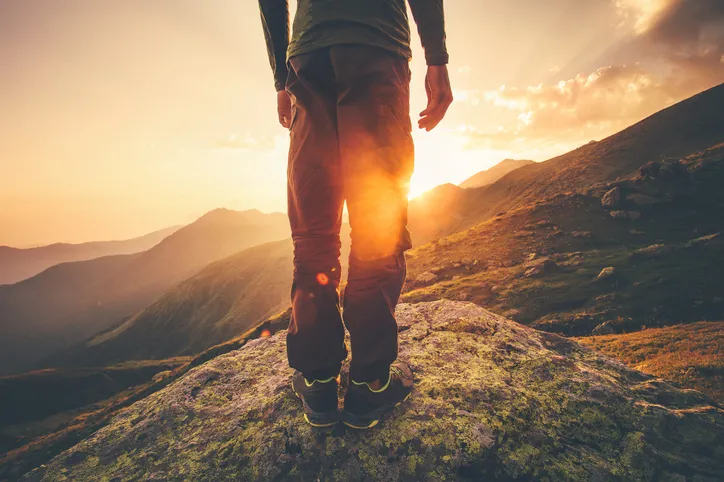
When you look at a map, that trail might seem like a walk in the park. But underestimating the difficulty of the terrain can catch you off guard. Some trails can be deceivingly tough, with rugged sections, steep inclines, or rocky paths that turn a simple hike into a challenging trek. A study by the Wilderness Medical Society highlights how many hiking injuries occur because people aren’t prepared for the difficulties they face on the trail. Make sure you research the trail ahead of time and prepare accordingly.
If you’re planning a new hike, read up on recent trail reviews and check the difficulty ratings. Talk to park rangers or local hiking clubs if you’re unsure about what to expect. They can provide insights into the trail’s current conditions and any potential hazards. Also, consider the weather and how it might impact the trail. Being informed helps you mentally and physically prepare for the hike.
2. Ignoring Weather Conditions
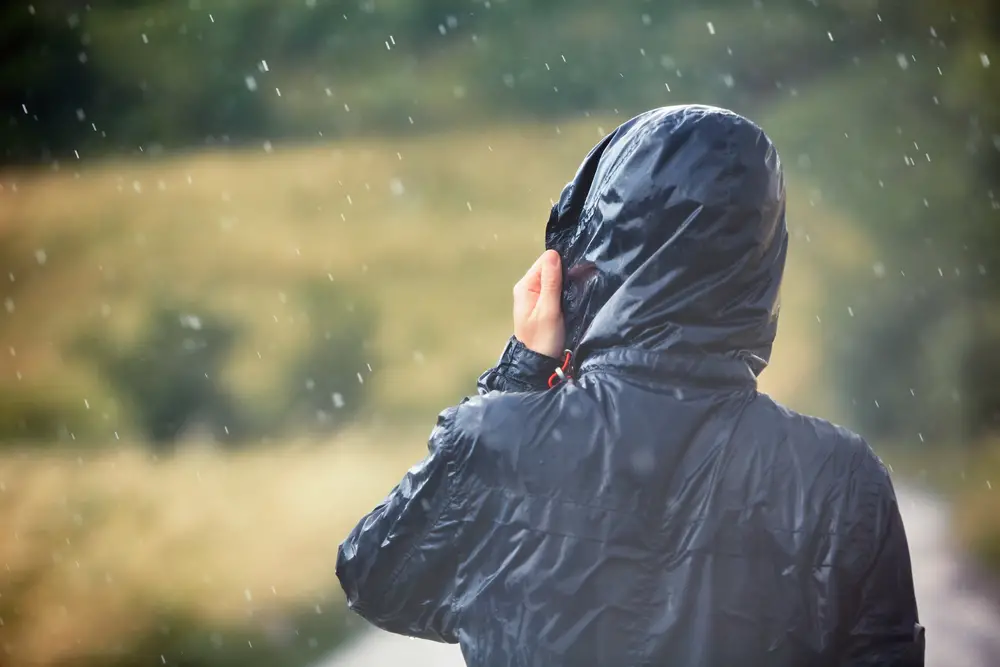
The weather can change rapidly in many hiking areas, and ignoring it can put you in dangerous situations. A sunny morning can quickly turn into a stormy afternoon, especially in mountainous regions. Always check the weather forecast before you head out and continue to monitor conditions during your hike. Dress in layers and bring weather-appropriate gear to handle any unexpected changes. Having a rain jacket or thermal layer on hand can keep you dry and warm when temperatures drop.
It’s also wise to have an emergency plan if weather conditions turn bad. Know your exit routes and have a safe spot in mind to wait out the weather if needed. In the event of thunderstorms, avoiding ridges and open fields can prevent lightning strikes. Preparation for weather changes is not just about comfort—it’s a crucial part of staying safe. Remember, it’s better to delay a hike than to risk your safety.
3. Not Carrying Enough Water
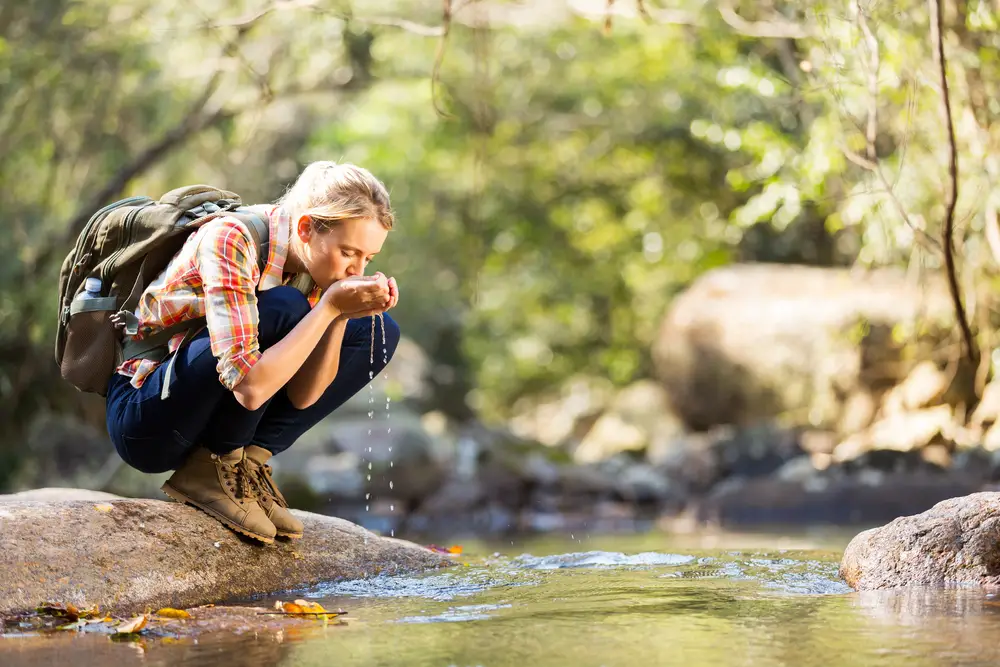
Dehydration is a serious risk on the trail, and not carrying enough water can quickly lead to trouble. The American Hiking Society emphasizes that staying hydrated is critical for maintaining energy levels and preventing heat-related issues. It’s easy to underestimate how much water you’ll need, especially if you’re exerting yourself more than usual. Plan on drinking about half a liter per hour of moderate activity in moderate temperatures. Increase this amount if you’re hiking in hot weather or at high altitudes.
Carrying a hydration pack or a couple of water bottles can help ensure you have enough to drink. Consider bringing along a water filtration device or purification tablets if your trail has spots where you can refill. Recognize the signs of dehydration, such as dizziness, dry mouth, or dark urine, and respond quickly if you notice them. Hydration is key to maintaining stamina and enjoying your hike. Always err on the side of caution and pack a little more than you think you’ll need.
4. Overpacking Or Underpacking

Packing for a hike can be a tricky balancing act. Bringing too much gear can weigh you down and drain your energy, while underpacking can leave you without essentials. For a successful hike, focus on the essentials like water, snacks, a map, a first aid kit, and weather-appropriate clothing. Leave luxury items like heavy gadgets or extra clothes behind to keep your pack manageable. Remember, every ounce counts when you’re on the move for hours.
However, don’t skimp on safety gear. A first aid kit, a flashlight with extra batteries, and a multi-tool should always find a place in your pack. The goal is to be prepared but not overloaded. Think about the specific demands of your hike and plan your gear accordingly. Tailor your pack to the length and difficulty of your hike, and always do a final check to ensure you have everything you need.
5. Not Telling Anyone Your Plans
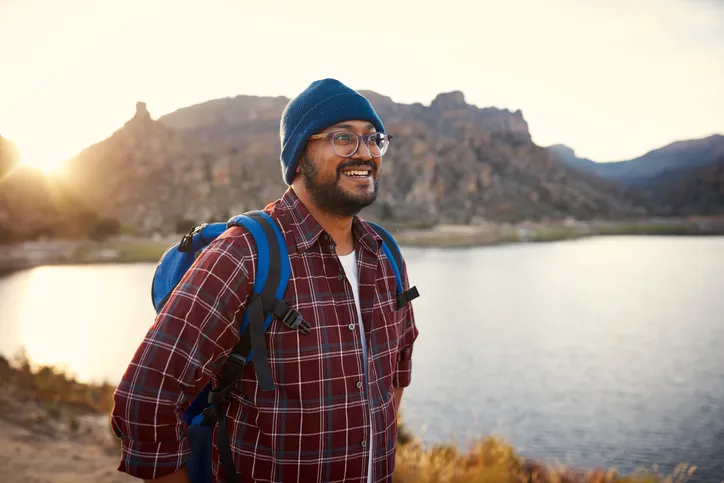
Heading out without informing someone of your hiking plans is a significant risk. Search and rescue expert Robert Koester advises that leaving an itinerary with a friend or family member can be a lifesaver if things go wrong. Let them know where you’re going, your expected return time, and who to contact if they don’t hear from you. This simple step can significantly improve your chances of a timely rescue if you encounter trouble. It’s a basic but crucial aspect of hiking safety.
Even if the hike seems short and straightforward, unforeseen events can happen. Having someone aware of your plans means they’ll know to alert authorities if you don’t check in as expected. Consider using a GPS tracking device or smartphone app that can share your location in real time with trusted contacts. This extra layer of precaution can prove invaluable in emergencies. Communication is key, so make sure someone knows your plans.
6. Straying Off The Trail
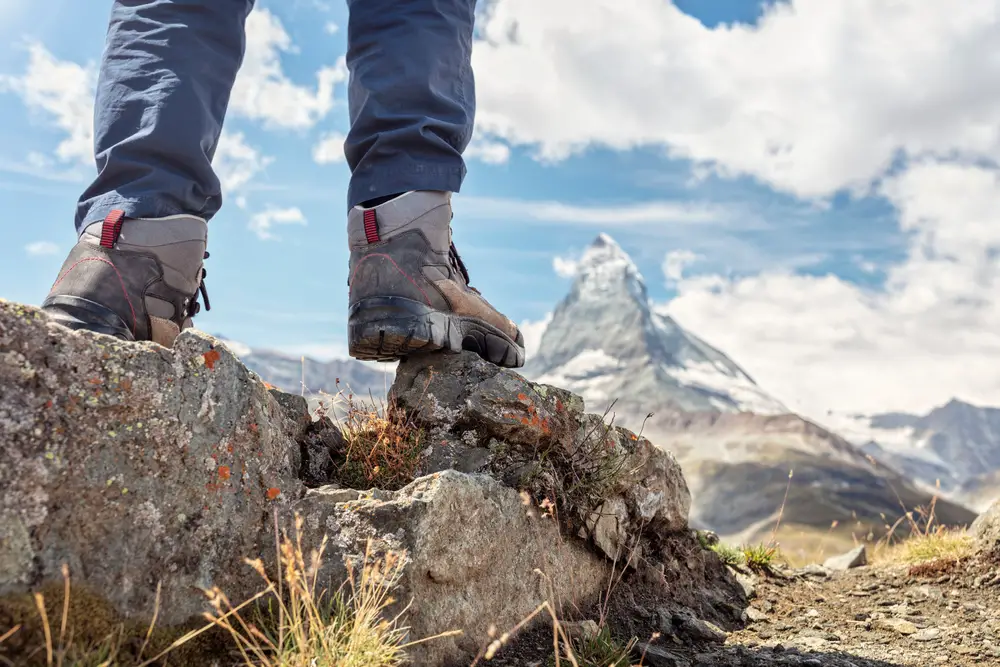
It might be tempting to wander off the beaten path to explore or take a shortcut. However, straying from marked trails is a common cause of hikers getting lost. Trails are designed to keep you safe from difficult terrain and help protect natural habitats. Venturing off can lead you into dangerous areas or cause you to lose your bearings. Stick to marked trails and follow any signage to stay on course.
Getting lost can turn a day hike into a survival situation quickly. If you feel the urge to explore, do so mindfully and within designated areas. Familiarize yourself with the trail map and use markers along the way to ensure you’re on the right path. If you do get off track, backtrack to the last known landmark and reassess your location. It’s better to be cautious and stick to the trail than to risk your safety by venturing into the unknown.
7. Skipping Basic First Aid Training
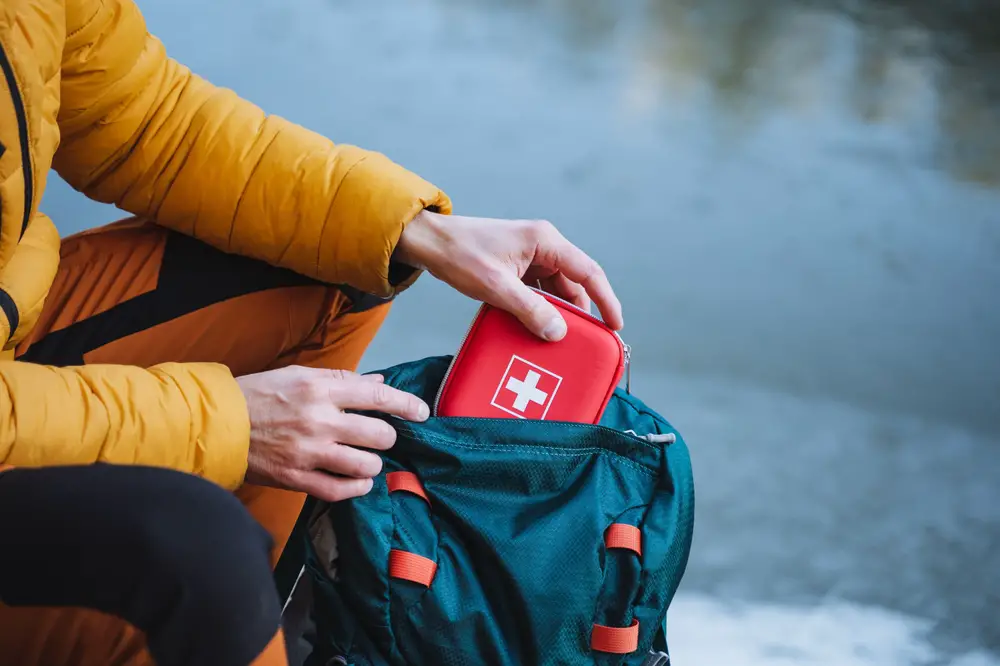
Many hikers overlook the importance of basic first aid skills, but knowing how to handle common injuries can be a lifesaver. A study by the National Outdoor Leadership School found that having first aid knowledge increases confidence and can significantly improve outcomes in emergency situations. Even a simple sprain or cut can escalate if not treated properly on the trail. Consider taking a basic first aid course to prepare for potential injuries. Knowledge is power, and it can make a real difference when you’re miles from help.
First aid kits are essential, but knowing how to use them is just as important. Learn how to treat blisters, cuts, sprains, and dehydration. Practice splinting techniques and understand how to recognize the signs of more severe issues like heatstroke or hypothermia. This preparation can help you respond effectively and keep minor injuries from becoming major problems. A little knowledge goes a long way in helping you and your hiking companions stay safe.
8. Wearing Inappropriate Footwear
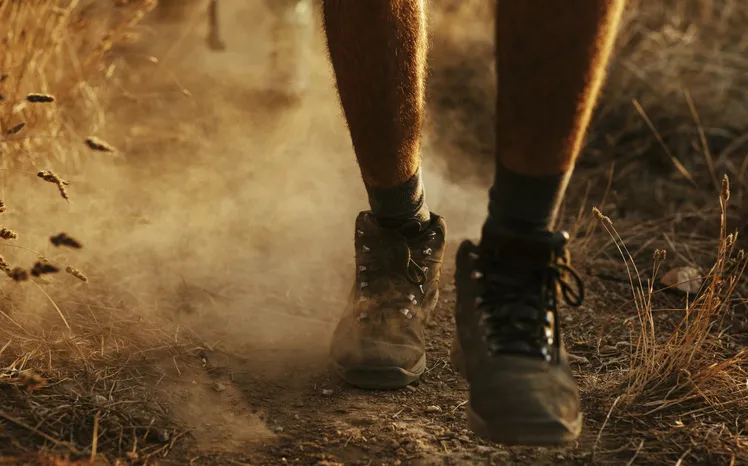
Your choice of footwear can make or break your hiking experience. Wearing inappropriate shoes can lead to blisters, sprains, or worse. Hiking boots or trail shoes designed for the type of terrain you’ll encounter are essential for a safe journey. They’ll provide the necessary support and traction to handle slippery or uneven surfaces. Breaking in new shoes before a hike is also crucial to avoid discomfort and blisters.
Make sure your shoes fit well and offer good ankle support if you’re tackling rough or rocky trails. Socks are just as important—invest in moisture-wicking, cushioned socks to keep your feet dry and comfortable. A bad blister or foot injury can quickly turn an enjoyable hike into a painful ordeal. Regularly check your feet for hot spots that might develop into blisters and adjust your shoes as needed. Proper footwear keeps your feet happy, which is key to a successful hike.
9. Not Checking Your Gear

Failing to check your gear before you set out can lead to unfortunate surprises. Equipment failure on the trail is more than just inconvenient; it can be dangerous. Spend some time before your hike to inspect your gear thoroughly. Make sure your backpack, hydration systems, and any technical equipment are in working order. Replace any worn-out or damaged items to avoid issues while you’re far from help.
A last-minute gear check ensures everything is functioning as expected. Pay attention to small details like ensuring that zippers work smoothly and buckles are secure. Test your flashlight and make sure you have spare batteries. This attention to detail will give you peace of mind, knowing your equipment won’t let you down when you need it most. A well-prepared pack is a reliable companion on any hike.
10. Assuming Cell Service Is Available
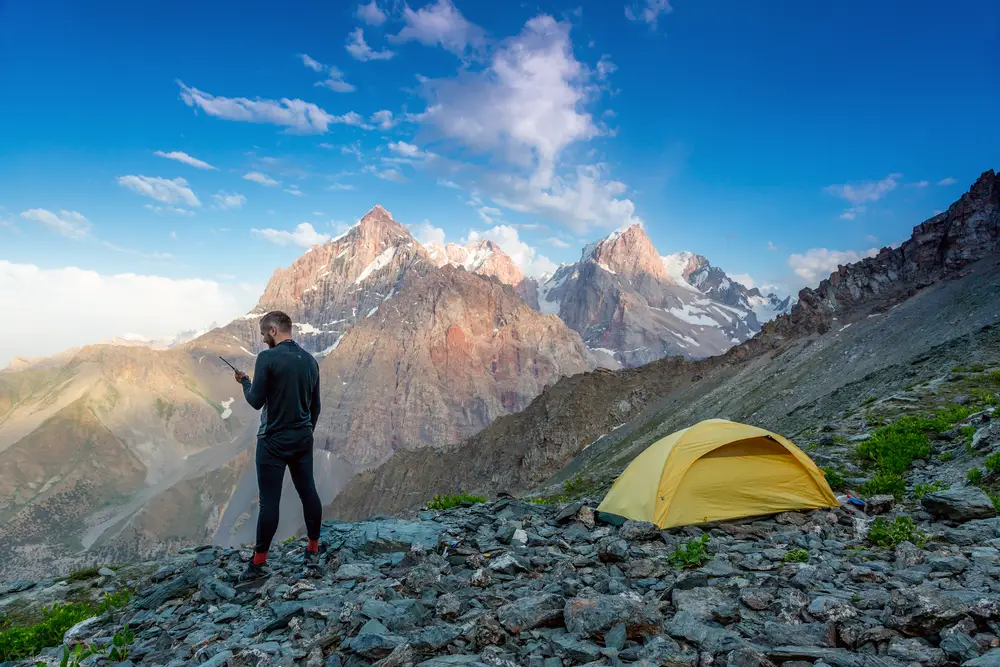
Many hikers take their cell phones for granted as a safety tool, but assuming you’ll have service everywhere is a mistake. Remote trails often lack cell service, leaving you without the ability to call for help. Always prepare as if you won’t have a phone signal during your hike. A map and compass, or a GPS device designed for off-grid use, are reliable navigation tools. Make sure you know how to use them before heading out.
Consider carrying a personal locator beacon or satellite communicator for emergencies. These devices can send your location and distress signals even when you don’t have cell service. It’s crucial to remember that technology can fail or run out of battery, so having non-digital backup plans is wise. Hiking with a partner is another way to ensure safety, as two heads are better than one in an emergency. Don’t rely solely on your phone for navigation or emergencies.
11. Not Respecting Wildlife
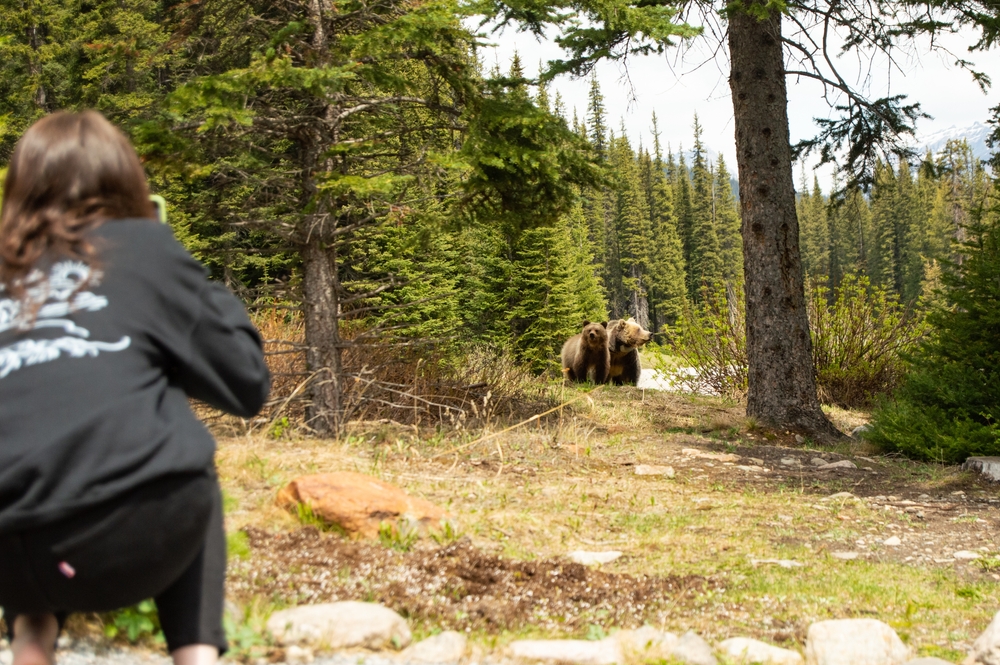
Encountering wildlife can be a highlight of your hike, but not respecting their space is dangerous. Animals can feel threatened by human presence, leading to defensive or aggressive behavior. Always keep a safe distance and never attempt to feed or approach wildlife. Familiarize yourself with any specific wildlife concerns in the area, like bears or snakes, and understand how to react if you encounter them. Carry bear spray in regions where large predators are common.
Understanding animal behavior and respecting their habitat can prevent dangerous encounters. Stay on marked trails to minimize your impact on wildlife and reduce the chance of surprise encounters. If you see an animal, give it a wide berth and keep noise to a minimum to avoid startling it. Properly store food and trash to prevent attracting animals to your campsite or rest areas. Coexisting peacefully with nature is key to a safe and enjoyable hiking experience.
12. Hiking Alone Without Experience
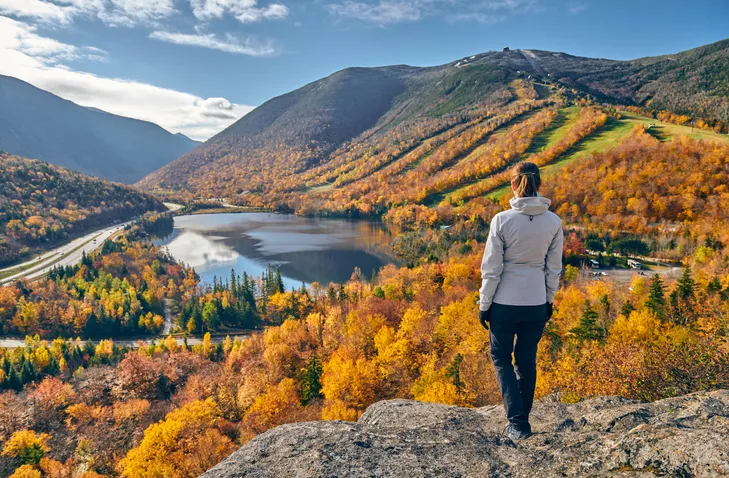
Solo hiking can be an exhilarating way to connect with nature, but doing so without experience is risky. Trails can be unpredictable, and without another person to help in case of an injury or emergency, you could find yourself in a precarious situation. If you’re new to hiking, it’s best to start with group hikes or bring a friend. Gaining experience helps you develop the skills needed to handle unexpected situations alone. It also gives you the confidence to explore solo safely.
When you do decide to hike alone, take extra precautions. Inform someone of your itinerary, and stick to well-marked trails that are popular with other hikers. Carry all necessary safety gear and know-how to use it. Solo hiking requires heightened awareness and preparation, so make sure you’re fully equipped mentally and physically. Enjoy the solitude, but never let your guard down when it comes to safety.
13. Ignoring Physical Limits
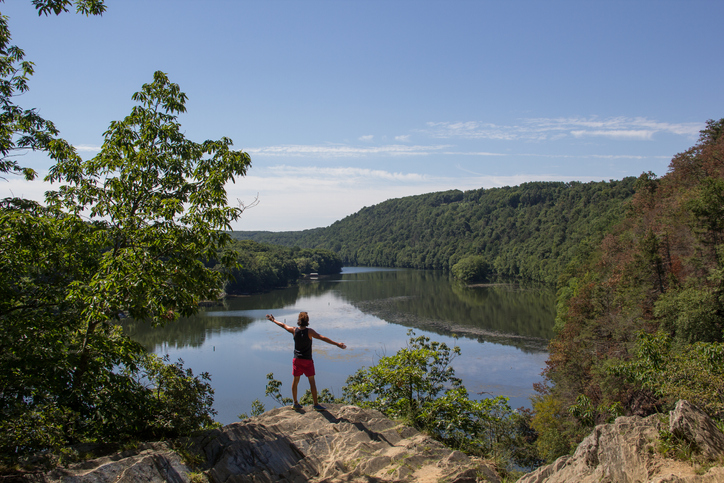
When you’re out on the trail, it can be tempting to push beyond your limits to reach a goal. However, ignoring your physical capabilities can lead to exhaustion, injury, or worse. Know your limits and plan your hikes accordingly. This includes understanding your fitness level and choosing trails that match your abilities. Overexertion can lead to mistakes like losing your footing or becoming disoriented.
Listen to your body and take breaks as needed. Hydration and nutrition are vital to maintaining energy levels, so pack enough snacks and water. Pay attention to signs of fatigue, such as reduced coordination or dizziness, and rest before continuing. Hiking is meant to be enjoyable, so there’s no shame in turning back if you feel it’s too much. Remember, the trail will always be there for another day.
14. Disregarding Leave No Trace Principles

Ignoring Leave No Trace principles doesn’t just harm the environment; it can impact your safety as well. Leaving litter or food scraps can attract wildlife to your location, increasing the risk of unwanted animal encounters. Stick to established trails and campsites to limit your impact on the environment and avoid creating new hazards. Properly dispose of waste, pack out what you bring in, and leave nature as you found it.
Following these principles also helps maintain the natural beauty and sustainability of hiking areas for future adventurers. Respect other hikers by keeping noise levels down and giving way on narrow trails. By practicing Leave No Trace, you contribute to a healthier environment and enhance your safety on the trail. It’s a shared responsibility that benefits everyone who enjoys the great outdoors. Doing your part helps protect the wilderness and ensures it remains a safe place to explore.
